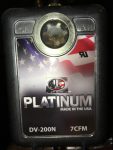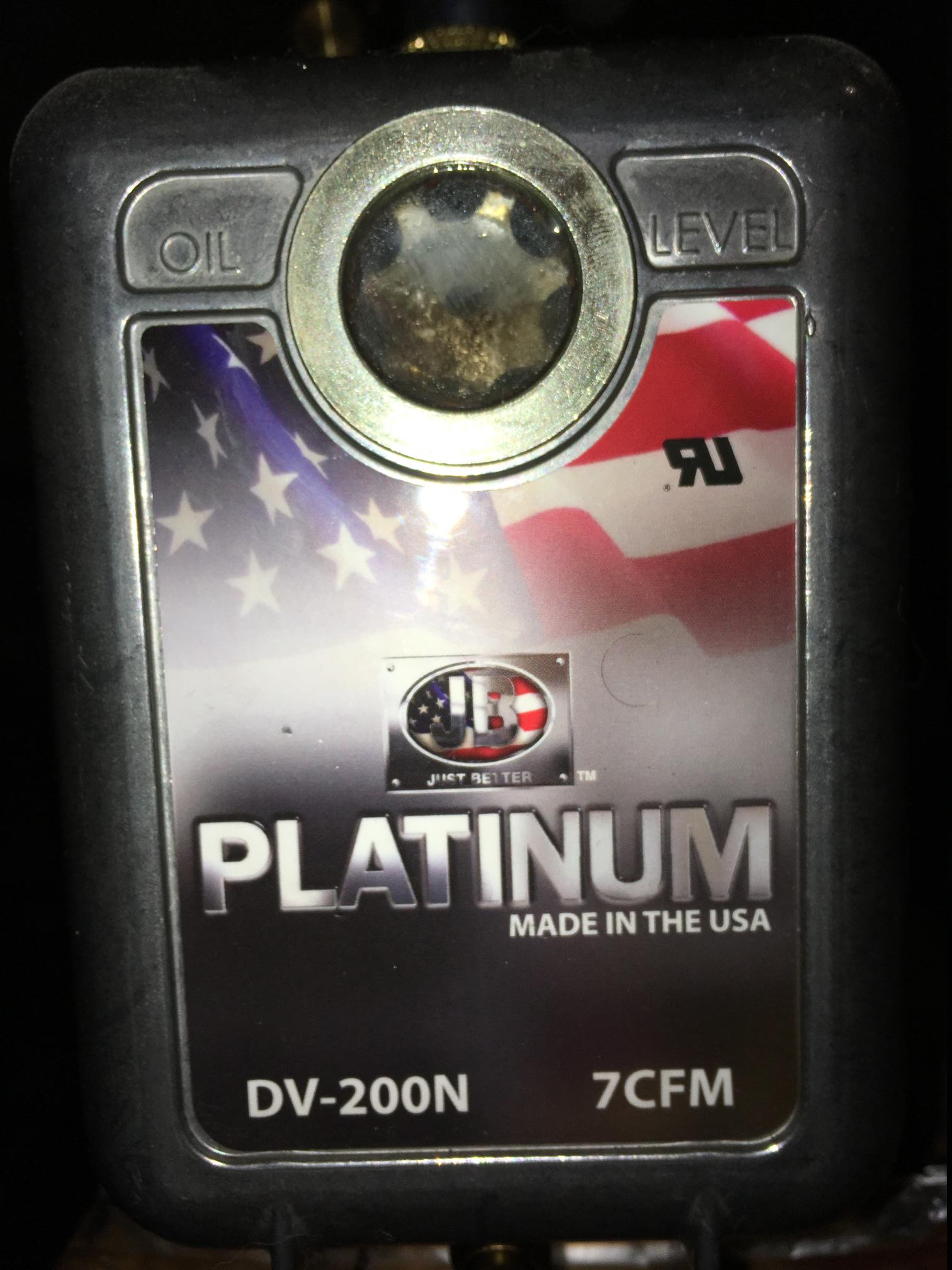Welcome to Freeze Dried Friday on SurvivalBlog! We’ve been making so many things in the Harvest Right Freeze Dryer that we want to share some of them with you. If you have something wonderful you’ve prepared in your freeze dryer that you would like to share with SurvivalBlog readers, take a photo of it and send it in along with a description. We might just feature you here!
Winding Harvest Down
The garden harvest has finally slowed to a crawl and the Harvest Right freeze dryers are getting a break this week. This was a tough summer for them as we ran them pretty hard. Both machines are in need of some TLC. Towards the end of the season, we ran quite a few batches of basil. As you can see from the photo, the chlorophyll apparently gets sucked out of the leaves and while the final product is excellent, it sure is hard on the oil. Both pumps are starting to show a buildup of green gunk despite the fact that we drain the oil after every batch and filter it.
 Not to worry though. I have the spare parts on hand. This next week I will tear down both pumps and replace the rear main seals (they are both starting to leak a bit again) and clean them up. By the end of the week, they will be in service again just in time to start processing chicken and beef.
Not to worry though. I have the spare parts on hand. This next week I will tear down both pumps and replace the rear main seals (they are both starting to leak a bit again) and clean them up. By the end of the week, they will be in service again just in time to start processing chicken and beef.
Moisture and Corrosion
I’ve had a number of people ask why these pumps are so temperamental when they are designed to be industrial AC service pumps. The answer lies in how they are being used. In an AC service, the pump evacuates the air from the system so that it can be charged with a refrigerant. There is actually very little moisture in the system being evacuated. Even if you have a bit of water, it quickly boils off with out much effect on the pump.
The Harvest Right, on the other hand, is constantly pulling water vapor through the pump. The water in the food (up to 1 gallon of water in a standard size freeze dryer) is frozen and then the chamber evacuated so that the ice sublimates directly into a gas. It’s what makes the whole process work and why freeze dried foods retain their textures so much better than dehydrated food. Most of this water vapor then eventually comes in contact with the chamber wall where it refreezes into the ice that you have to clean out after every batch. But there is a significant portion of vapor than does not come into contact with the chamber walls.
This vapor is pulled directly through the pump oil as it works to keep the chamber pressure to a minimum. It’s this water that turns the pump oil cloudy and causes the corrosion you see in the pumps. Some of it condenses in the pump and some of it is ejected through the exhaust port. The pump was not designed to handle this much water, but it does a pretty good job of it. Just make sure you are getting as much of the water out of the pump as you can by changing or filtering the oil often.
o o o
If you would like to include pictures of your freeze dried products in your comments, just send them to us via email along with the name you posted the comment under and I’ll place the pictures for you. Alternatively, you can host them on your own server and use the html <img> tag to include them











A timely lesson for me in HJL’s commentary; thanks. Cooler weather is hitting the mid-south so I’ve cut back the herbs and been FDing them this week. Next week I’ll take off the front of the pump and see what cleaning I can do. I did flush and filter the pump last weekend and found a blob of water in the oil, so I just pitched it. My FDer will be running all winter as I still have a lot of meat to do. Have a great week.
Hello again, New Freeze Dry owner here. Not up and running yet as we are looking at a way to set up. Purchased a cart yesterday but will be returning it because i don’t want to risk my new machine to a flimsy cart. Would really like to see some pics of your carts or table set-ups. Need ideas! minimum size of table surface and such would help. Please post pics!!! Thanks much.
Oh forgot to mention, We have the 4 tray unit.
Look on the freeze dryer groups on facebook, they have lots of information.
HJL, when you replace the rear shaft seal notice the very small vertical channel on the back side of the cartridge used to lubricate the seal. Not only water but food particulates tend to plug this function thus reducing the service life of the seal. Keeping your pump oil as clean as possible does help. Wish they would include a water separator in the FD package. Another bone of contention I had was the star device they use in the site glass, not much fun to clean. JB pumps said this was strictly an aid for oil level and I could remove it if I wanted, so I did that in both my pumps. I replace my oil not by site line but by volume (apx 750 ml ) Sorry for the long rant but been there done that. Here’s hoping we never have to use all this FD food.